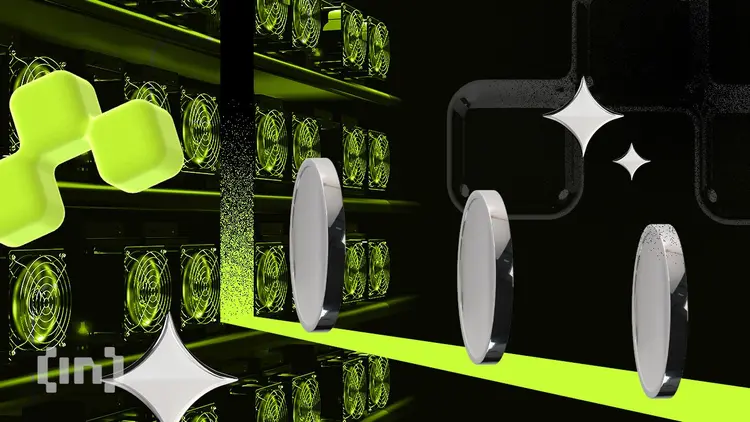
Smart Homes and Smart Living: The Technological Transformation of European Homes by 2025
Smart Homes and Smart Living are revolutionizing the way we live, work, and interact with our living spaces. With the increasing demand for convenience, comfort, and energy efficiency, European homes are undergoing a significant technological transformation. By 2025, it is estimated that the majority of European homes will be equipped with smart home technology, changing the face of residential living forever.
Introduction to Smart Homes and Smart Living
So, what exactly are smart homes and smart living? Smart homes refer to residences that have been equipped with advanced technology to control and automate various aspects of the home, such as lighting, temperature, security, and entertainment. Smart living, on the other hand, refers to the lifestyle that comes with living in a smart home, where technology is used to enhance the quality of life, improve energy efficiency, and increase convenience.
The Benefits of Smart Homes and Smart Living
The benefits of smart homes and smart living are numerous. Some of the most significant advantages include:
- Energy efficiency: Smart homes can optimize energy consumption by automatically adjusting lighting, temperature, and other systems to minimize waste and reduce energy bills.
- Convenience: Smart homes can be controlled remotely, allowing homeowners to adjust settings, monitor security, and receive notifications from anywhere in the world.
- Comfort: Smart homes can learn the preferences of the occupants and adjust settings to create a comfortable and personalized living environment.
- Security: Smart homes can be equipped with advanced security systems, including motion detectors, cameras, and alarm systems, to provide an additional layer of protection for the occupants.
The Future of Smart Homes and Smart Living in Europe
By 2025, the smart home market in Europe is expected to experience significant growth, driven by the increasing demand for energy efficiency, convenience, and comfort. Some of the key trends that are expected to shape the future of smart homes and smart living in Europe include:
- Increased adoption of voice-controlled smart home devices
- Growing demand for smart home security systems
- Expansion of smart home technology into new areas, such as healthcare and wellness
- Development of new smart home technologies, such as artificial intelligence and machine learning
Conclusion
In conclusion, the future of European homes is looking smarter than ever. With the increasing demand for convenience, comfort, and energy efficiency, smart homes and smart living are expected to transform the way we live, work, and interact with our living spaces. By 2025, the majority of European homes will be equipped with smart home technology, changing the face of residential living forever.






